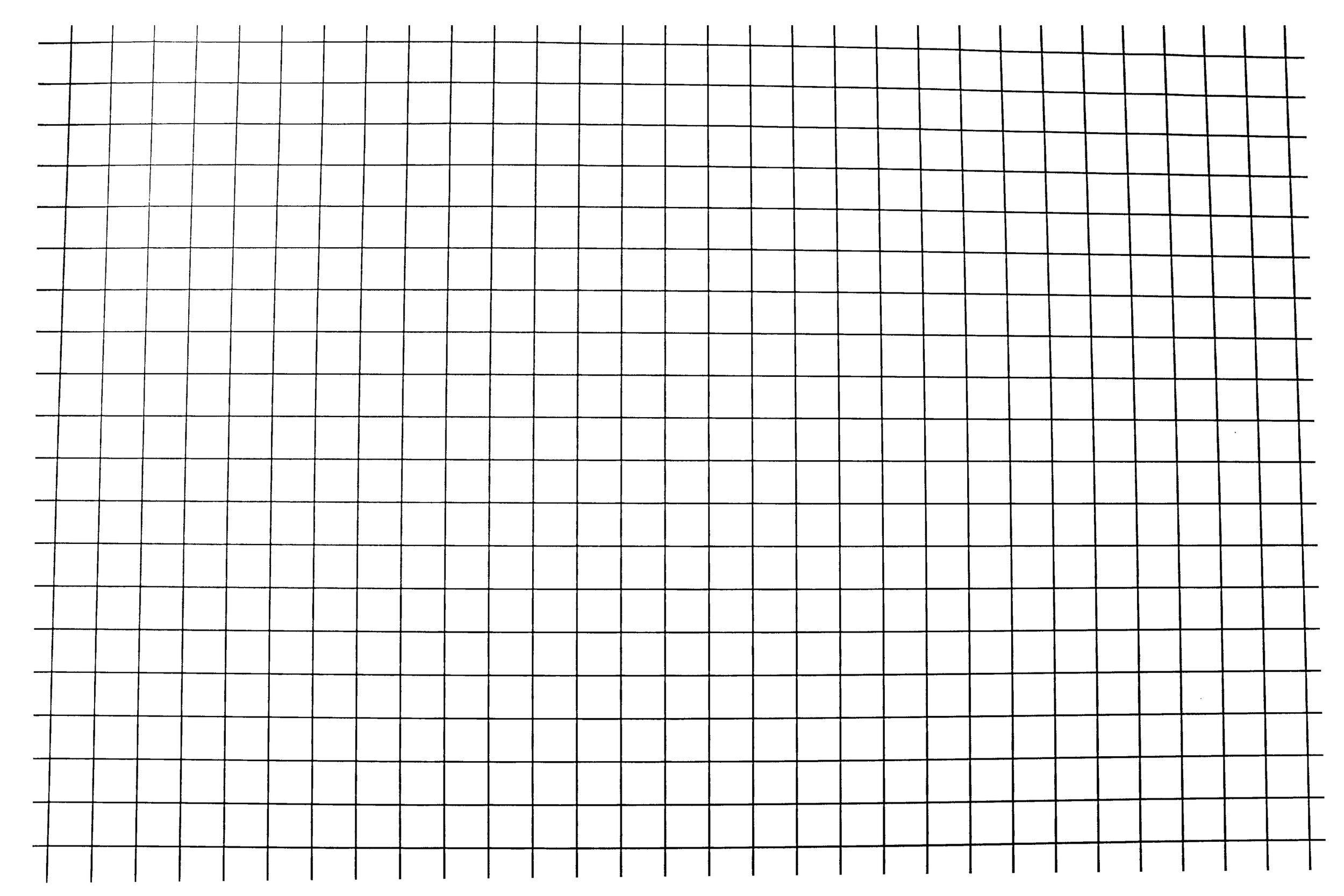
Invisible Structures
What happens when we strip away the visual content of art and exhibition, exposing and accentuating the underlying framework and magic tricks of how it’s all produced, viewed and experienced?
Associate Professor of Fine Arts Jon Malis turns the gallery into his lab, presenting his sabbatical research as an unfinished and ongoing catalogue of the various ways tools, techniques and situations influence how we produce, view and experience art.
Grey Black Grey, Automatic Resizing, 12 Iterations, from the Automatic Photoshop Paintings series, Digital pigment print on canvas, 34” x 42”,
2021
study for Canon 35mm f1.4, from the Perspective Control series, digital photograph
2021
Image from Topographic Impressions, site-specific installation at the Julio Fine Arts Gallery, Loyola University Maryland, Digital photographic print
2021
Invisible Structures
October 7 - November 12, 2021
Exhibition Statement
Whether visiting museums and galleries in person, surfing the web, watching a movie, flipping through a book, or even scrolling Instagram, it’s easy to become captivated with innumerable forms of art and visual culture. Generally, though, our natural instinct is to immerse ourselves within the visual – everything we see atop the physical surface of the work.
But what happens when we strip away that foremost layer of the image, and expose the framework of how art is made, viewed, and experienced? Brushstrokes become topographical maps. Photographs become a latticed framework of silver particles or a grid of electrical current flowing through a computer chip. Prints are reduced to microscopic droplets of ink, swirling together to represent a single piece of visual information.
In Automatic Photoshop Paintings, Jon Malis highlights the ways pixels change shape, structure, and color as Photoshop algorithms interpret and restructure images to fit the demands of different viewing platforms. Beginning their life as microscopic grids or geometric patterns, the (sometimes AI-assisted) algorithms coded within Adobe’s Photoshop software–a staple editing tool for photographers and artists–iteratively grow and morph from discrete dots of information into nebulous shapes, waves, and rhythms of tone and color.
Through the series, Perspective Control, Malis demonstrates how physical differences in lens designs and optical formulas can alter an image’s visual reality. Photographing a flat grid with a specific lens at a specific setting, the works in this series show how the lines curve and sometimes twist, distorting our perceptions of space and dimension.
Traditionally, gallery walls are meant to fade away beneath the work–they serve as a blank canvas to present art, but are not meant to be looked at themselves. Contradicting this age-old tradition, Malis turns the viewer’s focus directly to these walls in his Topographic Impressions found scattered throughout the exhibition. In surveying the physical space of the gallery, and generating a pseudo-topographic map, Malis documents the stories and histories of this specific exhibition space: patched holes, bowed walls, uneven surfaces, marks, stains and other imperfections that are traditionally hidden when the next show is installed.
As an exhibition, Invisible Structures invites the viewer into Jon Malis’ research studio, presenting an unfinished and ongoing research catalogue of the various ways tools, techniques and situations influence how we produce, view and experience art. The artifacts presented in the gallery were created not solely as aesthetic realizations of Malis’ research, but also as objects that probe questions of what something looks like versus what something actually is. Ultimately, the work is not about the objects within the gallery, but rather, the ideas and concepts that created and motivated them.
Artist Talk
Jon Malis talks about his work, Invisible Structures, at the Julio Fine Arts Gallery.


